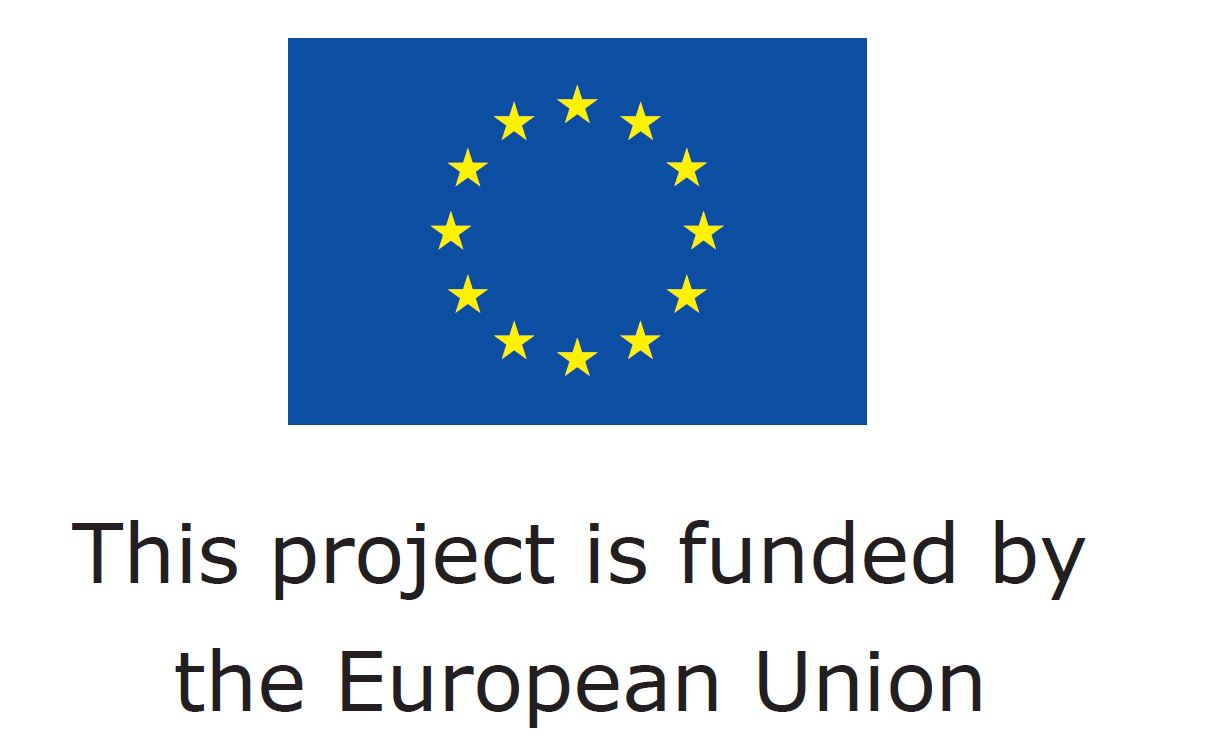The ECOPOTENTIAL project is structured in twelve thematic work packages (WP), each subdivided into specific Tasks. Each WP has a WP Leader, supported by a Vice-Leader and the Task leaders. The figure provides a graphical summary of the structure of the Project and of the relevant topics addressed by the different WPs and by the whole project. A major component of ECOPOTENTIAL is dedicated to storing and making existing EO usable and inter-operational and supporting new algorithms to recover EO data and create ecosystem-relevant knowledge. In parallel to the EO-focused effort, ECOPOTENTIAL spends considerable effort to recover and gap-fill in situ monitoring data. This is an essential prerequisite for achieving both credible EO products (ground-truthing), ecosystem models and ecosystem services in a representative ensemble of PAs, and counterparts of these at regional and pan-European scales. The ECOPOTENTIAL Virtual Laboratory Platform, allowing access to all Project’s data and results, will be fully interoperable with the GEO Common Infrastructure (GCI) and the GEOSS Portal; its resources contribute to GEOSS and the GEOSS Data Core. The scientific results will be used in developing requirements for future protected areas, supporting better decision-making and design of policy, and capacity building/knowledge exchange activities.



